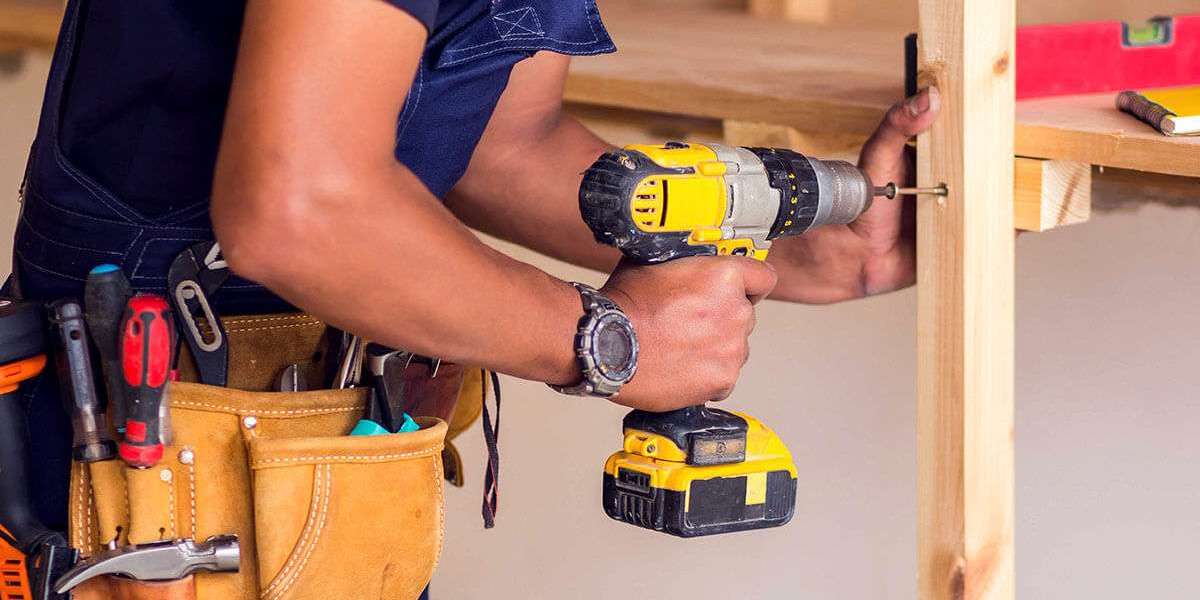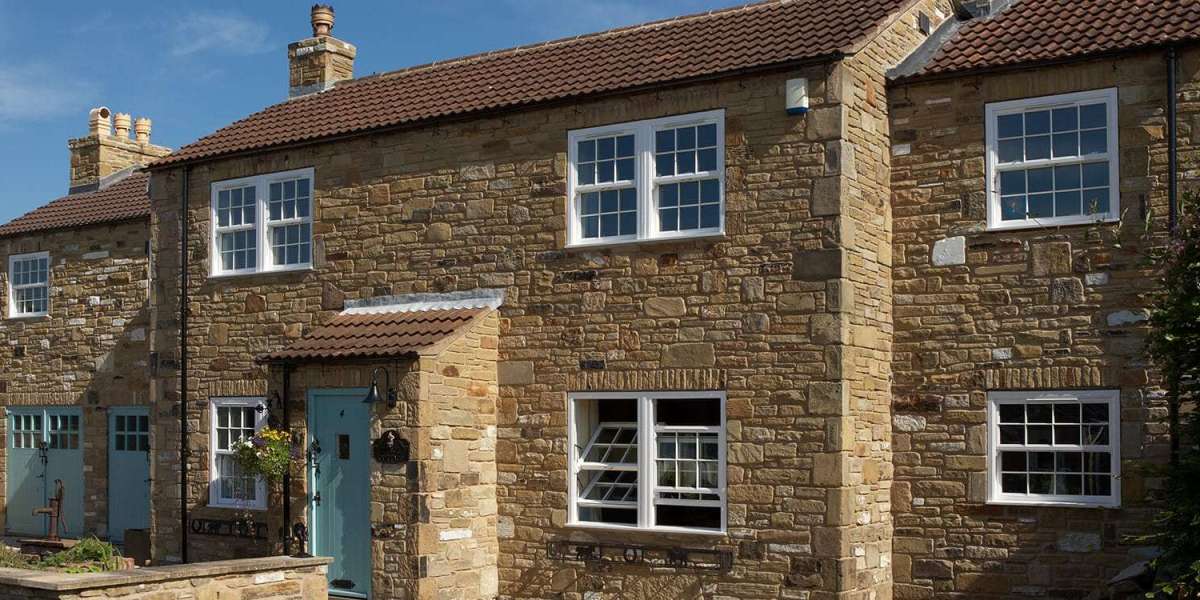Few trades embody both artistry and necessity quite like carpentry . At its heart, it is the discipline of transforming raw wood into structures, furnishings, and details that define the way people live and interact with their surroundings. From the skeletal framework of a home to the intricate molding of a doorway, carpentry bridges the gap between structural strength and visual refinement.
Carpentry Through History
The history of carpentry is interwoven with civilization itself. Ancient builders crafted timber dwellings, bridges, and ships with rudimentary tools, relying on ingenuity and skill. During the medieval era, guilds formalized carpentry as a respected trade, passing techniques across generations. Today, while tools and technologies have advanced dramatically, the essence of carpentry—precision, patience, and craftsmanship—remains unchanged.
Branches of Carpentry and Their Impact
Modern carpentry encompasses diverse disciplines that address different stages and needs in construction and design:
Framework carpentry builds the bones of structures, creating walls, floors, and roofing systems.
Finish carpentry refines interiors with doors, windows, staircases, and decorative elements.
Cabinetmaking specializes in custom storage solutions that merge function with design.
Restorative carpentry preserves heritage architecture, ensuring that historic details endure for future generations.
Each branch demonstrates how carpentry is both utilitarian and expressive.
Tools, Technology, and Precision
The success of carpentry relies on tools that range from the traditional to the high-tech. Hand tools such as chisels, planes, and saws continue to play a role in fine woodworking, while modern advancements—laser-guided cutters, pneumatic nailers, and CNC routers—offer unprecedented accuracy and efficiency. This marriage of tradition and innovation allows carpentry to remain relevant in a rapidly evolving construction landscape.
Carpentry as a Form of Design
While often seen as purely functional, carpentry is also a form of design language. The choice of wood species, the style of joinery, and the finish applied all communicate aesthetic intent. Minimalist interiors may call for sleek, unadorned lines, while classical spaces might feature ornate moldings and carved details. In this way, carpentry becomes an extension of architectural vision, giving character and identity to built environments.
Sustainability and Modern Carpentry
In the modern era, sustainability has become an essential dimension of carpentry. Reclaimed wood, bamboo, and engineered products offer eco-conscious alternatives to traditional lumber. Low-VOC finishes and environmentally responsible milling processes further align carpentry with green building practices. By integrating ecological awareness with craftsmanship, today’s carpenters contribute to a more sustainable future without sacrificing quality.
The Lasting Value of Carpentry
Beyond aesthetics and function, quality carpentry endures. A well-built staircase, a custom bookshelf, or a solid timber frame can last for decades, even centuries. This longevity transforms carpentry into an investment—one that enhances both property value and daily living.
Conclusion
Carpentry remains one of humanity’s most essential and enduring trades. It balances artistry with engineering, blending creativity with structural necessity. Whether through building, restoration, or fine woodworking, carpentry continues to shape not only the spaces people inhabit but also the cultural legacy of craftsmanship itself.







